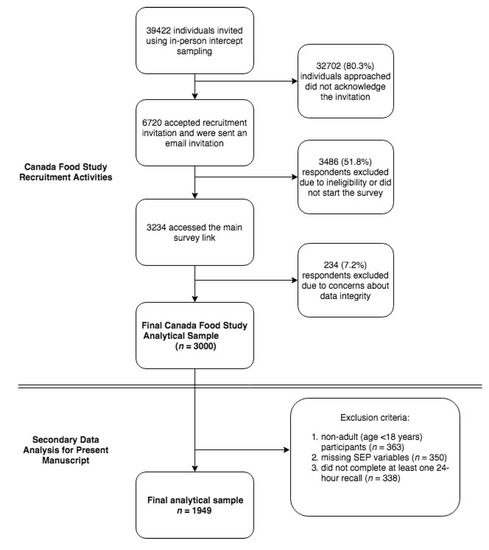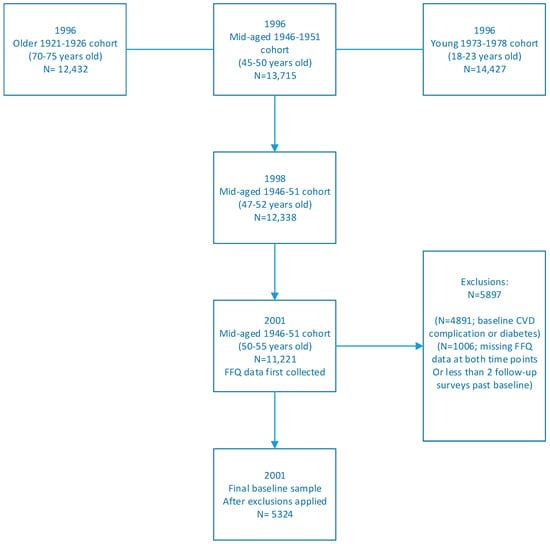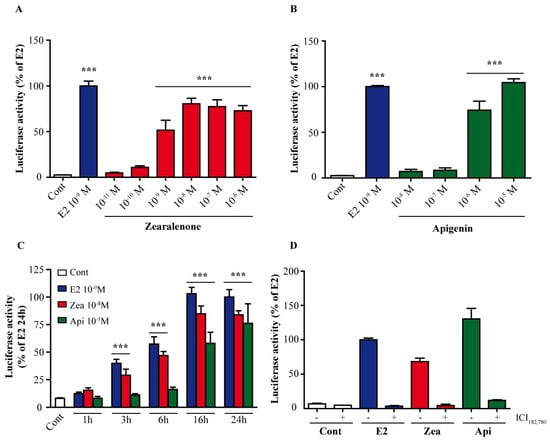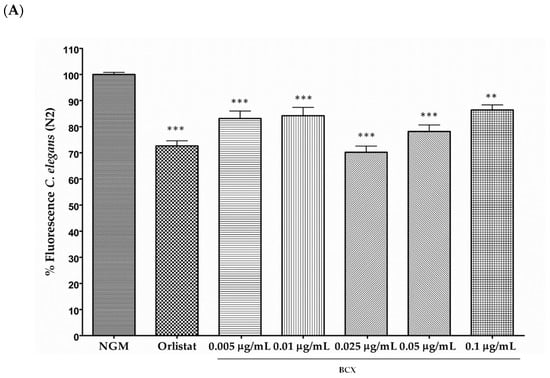Nutrients 2019, 11(2), 243; https://doi.org/10.3390/nu11020243 - 22 Jan 2019
Cited by 34 | Viewed by 7658
Abstract
Older adults are recommended vitamin D to prevent fractures. Though this population is also at risk of osteoarthritis (OA), the effect of vitamin D on OA is unclear and may differ by disease state. The relationship between vitamin D and OA during OA
[...] Read more.
Older adults are recommended vitamin D to prevent fractures. Though this population is also at risk of osteoarthritis (OA), the effect of vitamin D on OA is unclear and may differ by disease state. The relationship between vitamin D and OA during OA initiation and progression were considered in this narrative review of in vivo and in vitro studies. Regarding OA initiation in humans, the small number of published observational studies suggest a lack of association between induction of OA and vitamin D status. Most randomized controlled trials were performed in White OA patients with relatively high vitamin D status (>50 nmol/L). These studies found no benefit of vitamin D supplementation on OA progression. However, subset analyses and one randomized controlled pilot trial indicated that vitamin D supplementation may alleviate joint pain in OA patients with low vitamin D status (<50 nmol/L). As the etiology of OA is recently being more fully uncovered, better animal and cell models are needed. According to currently available clinical results, evidence is lacking to set a vitamin D level to prevent OA, and increasing vitamin D status above 50 nmol/L does not seem to benefit OA patients.
Full article













